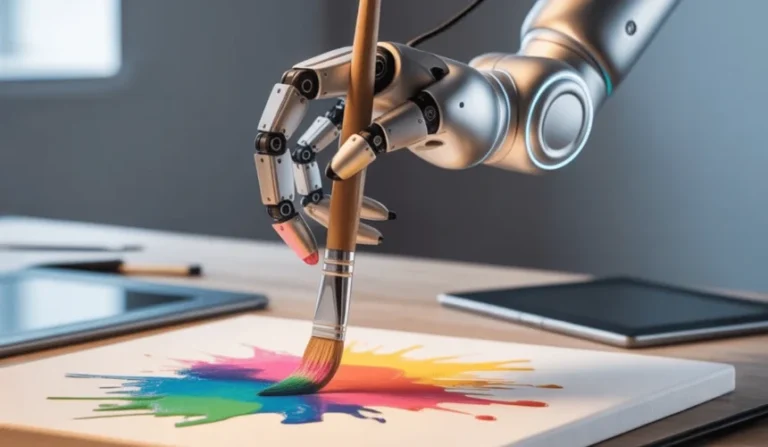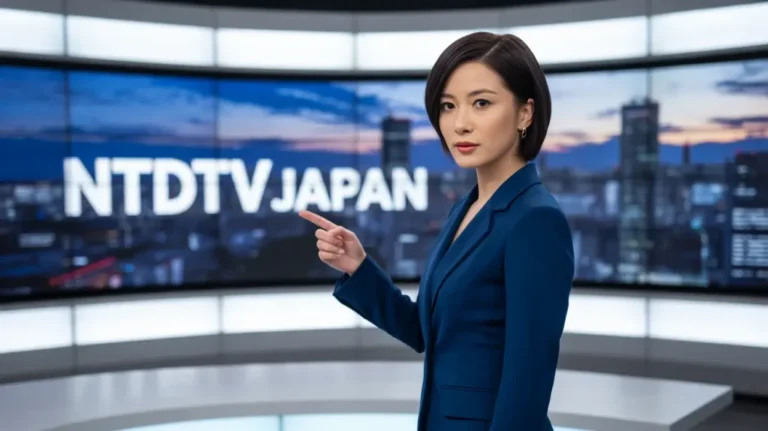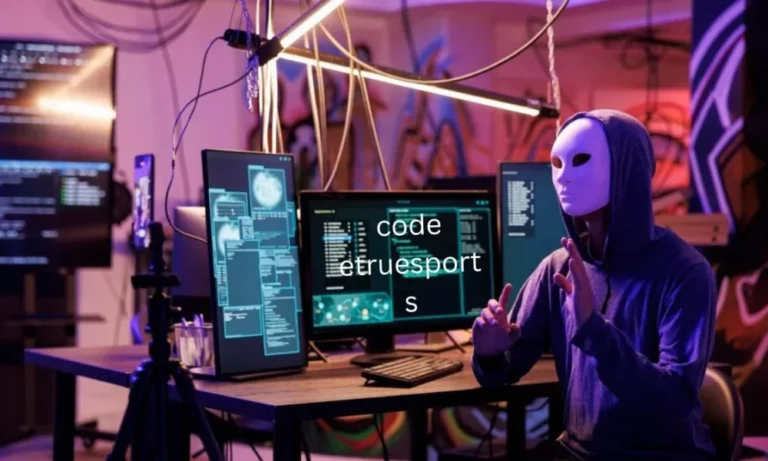AnonIB AZN was a subsection of a notorious imageboard website known as AnonIB. It was infamous for its anonymous posting style and controversial, often illegal, user-generated content. The term “AZN” was shorthand for “Asian,” and this specific board was focused on posts related to Asian women, often without their knowledge or consent. The existence of AnonIB AZN sparked intense debates around internet anonymity, digital consent, and the darker corners of online culture.
Table of Contents
ToggleWhat Was AnonIB?
AnonIB (Anonymous Image Board) was an online forum styled similarly to the original Japanese imageboard 2chan and the more widely known 4chan. Users posted anonymously, and threads often included images accompanied by brief, unfiltered commentary. While some boards on the platform were used for relatively benign discussions, many sections of AnonIB became synonymous with explicit and exploitative content. Among those, AnonIB AZN became one of the most controversial subsections.
This board, like others on AnonIB, allowed users to post requests or images of specific individuals—often girls and women—without their knowledge. In many instances, photos shared on the AZN board were private or leaked, some even stolen from cloud storage accounts, social media, or hacked devices. Many posts included identifying information like names, locations, or social media handles, increasing the chances of harm and public exposure to the victims.
The Subculture Around AnonIB AZN
AnonIB AZN developed a subculture rooted in the fetishization and objectification of Asian women. Users often requested “wins” or shared so-called “wins,” which referred to explicit or revealing images obtained of unsuspecting individuals. This culture cultivated a toxic environment where voyeurism, digital stalking, and non-consensual sharing were normalized.
Participants in the board would often engage in discussions about how to acquire more images, sometimes even trading photos like currency. The anonymity offered by AnonIB emboldened users to act without fear of consequence. This lack of accountability became a defining feature of the board’s culture, which blurred moral and legal boundaries with alarming regularity.
Legal and Ethical Concerns
The existence and activities of boards like AnonIB AZN raised serious ethical and legal questions. Many of the images posted were considered “revenge porn”—non-consensual pornography shared to shame or exploit someone. In many jurisdictions, especially in the United States and parts of Asia, revenge porn is a punishable offense.
Additionally, the involvement of minors in some posts added another layer of illegality, potentially classifying such material as child exploitation. Law enforcement agencies around the world began to take action as reports of AnonIB’s content spread and victims came forward. Authorities in countries like the U.S., the UK, and Australia launched investigations, targeting both the platform and individual users who were found to be sharing illegal material.
From a moral perspective, AnonIB AZN violated the basic principles of digital consent, privacy, and dignity. Victims, often unaware that their images were being shared, suffered emotional distress, reputational damage, and in some cases, physical threats or stalking. The psychological toll on those exposed through the platform was profound, leading many to seek therapy or legal recourse.
The Takedown of AnonIB
Due to mounting pressure from advocacy groups, law enforcement, and the general public, AnonIB eventually went offline. Its takedown was seen as a victory for digital rights activists and victims alike. Several arrests were made in connection with the site’s content, and it served as a wake-up call for other platforms that allowed anonymous and unregulated image sharing.
However, the removal of AnonIB did not completely erase its legacy. Similar sites have tried to replicate its structure and community, often using new domains and hosting in regions with laxer internet laws. Nonetheless, the public outcry and legal precedent set by the shutdown of AnonIB made it more difficult for such platforms to operate openly.
Impact on Victims
The damage caused by AnonIB AZN and similar platforms has left lasting scars on many victims. Women who were targeted on the board often reported anxiety, depression, and even suicidal thoughts. The fear of being recognized, judged, or re-victimized made it difficult for them to feel safe, either online or in real life.
Some victims were students, professionals, or public figures whose careers and personal relationships were damaged by the exposure. The non-consensual sharing of their private moments turned their lives upside down. Support groups and legal initiatives eventually emerged to help victims reclaim their privacy and hold perpetrators accountable, but the healing process was slow and arduous.
The Role of Technology
Technological advancements have made it easier to capture and share images, but they have also made it easier for people to exploit others digitally. With smartphones, cloud storage, and social media, personal photos are more accessible than ever before. This ease of access has led to increased incidents of privacy violations.
In response, some companies have begun developing tools that use artificial intelligence to detect and flag explicit content, especially when it involves minors or appears to be shared without consent. Still, technology alone cannot fix the cultural and legal issues surrounding non-consensual image sharing. It requires a broader shift in attitudes, behaviors, and laws.
Lessons Learned
The rise and fall of AnonIB AZN highlight several key lessons. First, the importance of strong privacy laws cannot be overstated. Legislation should evolve to reflect the realities of the digital age, offering more robust protections for individuals against exploitation.
Second, platforms must be held accountable for the content they host. While freedom of speech is vital, it should not be used as a shield to enable illegal or harmful behavior. Online spaces should be moderated effectively to prevent abuse.
Third, public awareness is essential. Teaching internet users, especially young people, about digital consent, online safety, and the risks of sharing personal information can help prevent future exploitation. Educational programs, both in schools and in workplaces, can play a significant role.
Conclusion
AnonIB AZN was more than just a sub-board on a controversial imageboard; it was a reflection of the darker tendencies within internet culture—where anonymity can breed cruelty, and where the boundaries of privacy can be shattered with a click. Its eventual downfall was a necessary step in the fight for a more ethical and responsible internet. But its legacy reminds us that vigilance, education, and empathy are essential in protecting ourselves and others in an increasingly digital world.
The internet can be a powerful tool for connection and expression, but without safeguards and accountability, it can just as easily become a weapon. AnonIB AZN serves as a cautionary tale of what happens when technology outpaces morality—and why it’s crucial that society works together to ensure digital spaces are safe for everyone.
About the Author
admin
Administrator
Welcome to our guest post platform — your destination for insightful, high-quality content from contributors around the world. I'm Qasim Malik, the admin behind this initiative, committed to building a diverse space where voices from various industries, interests, and backgrounds come together. Our mission is simple: to empower writers, bloggers, and thought leaders by giving them a platform to share their expertise, opinions, and stories. Whether you're a seasoned expert or a passionate beginner, our site welcomes you to publish and connect with a wider audience.






